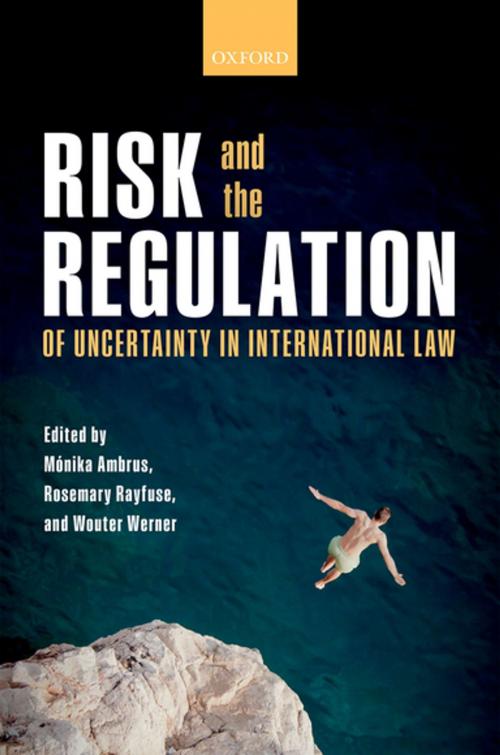Risk and the Regulation of Uncertainty in International Law
Nonfiction, Reference & Language, Law, International, Social & Cultural Studies, Political Science| Author: | ISBN: | 9780192515438 | |
| Publisher: | OUP Oxford | Publication: | August 25, 2017 |
| Imprint: | OUP Oxford | Language: | English |
| Author: | |
| ISBN: | 9780192515438 |
| Publisher: | OUP Oxford |
| Publication: | August 25, 2017 |
| Imprint: | OUP Oxford |
| Language: | English |
Increasingly, international legal arrangements imagine future worlds or create space for experts to articulate how the future can be conceptualized and managed. With the increased specialization of international law, a series of functional regimes and sub-regimes has emerged, each with their own imageries, vocabularies, expert-knowledge, and rules to translate our hopes and fears for the future into action in the present. At issue in the development of these regimes are not just competing predictions of the future based on what we know about what has happened in the past and what we know is happening in the present. Rather, these regimes seek to deal with futures about which we know very little or nothing at all; futures that are inherently uncertain and even potentially catastrophic; futures for which we need to find ways to identify, conceptualise, manage, and regulate risks the existence of which we can possibly only speculate about. This book explores how the future is imagined, articulated, and managed across the various fields of international law, including the use of force, maritime security, international economic and environmental law, and human rights. It investigates how the future is construed in these various areas; how the costs of risk, risk regulation, risk assessment, and risk management are distributed in international law; the effect of uncertain futures on the subjects of international law; and the way in which international law operates when faced with catastrophic or existential risk.
Increasingly, international legal arrangements imagine future worlds or create space for experts to articulate how the future can be conceptualized and managed. With the increased specialization of international law, a series of functional regimes and sub-regimes has emerged, each with their own imageries, vocabularies, expert-knowledge, and rules to translate our hopes and fears for the future into action in the present. At issue in the development of these regimes are not just competing predictions of the future based on what we know about what has happened in the past and what we know is happening in the present. Rather, these regimes seek to deal with futures about which we know very little or nothing at all; futures that are inherently uncertain and even potentially catastrophic; futures for which we need to find ways to identify, conceptualise, manage, and regulate risks the existence of which we can possibly only speculate about. This book explores how the future is imagined, articulated, and managed across the various fields of international law, including the use of force, maritime security, international economic and environmental law, and human rights. It investigates how the future is construed in these various areas; how the costs of risk, risk regulation, risk assessment, and risk management are distributed in international law; the effect of uncertain futures on the subjects of international law; and the way in which international law operates when faced with catastrophic or existential risk.















